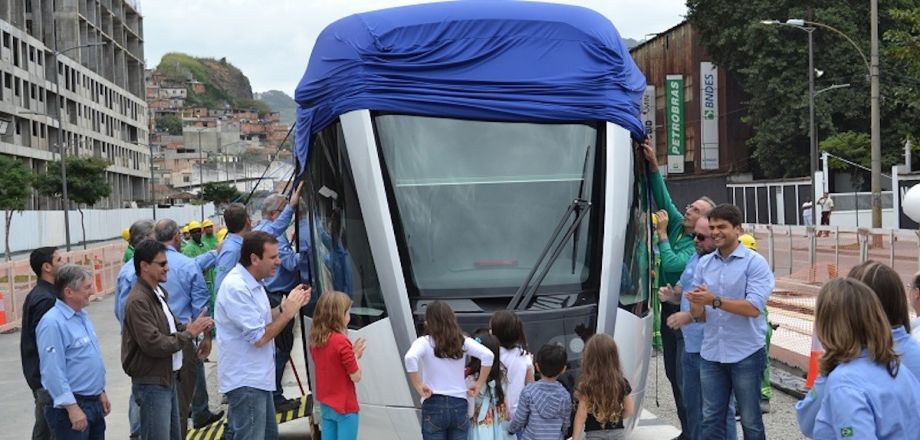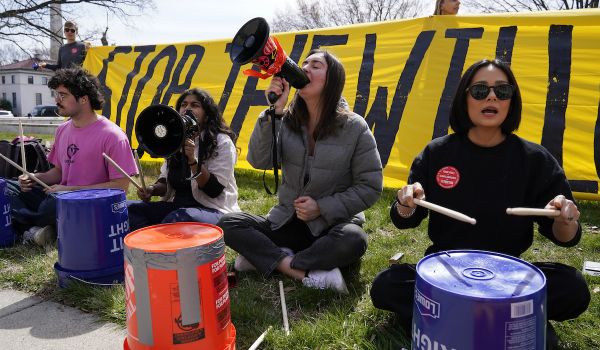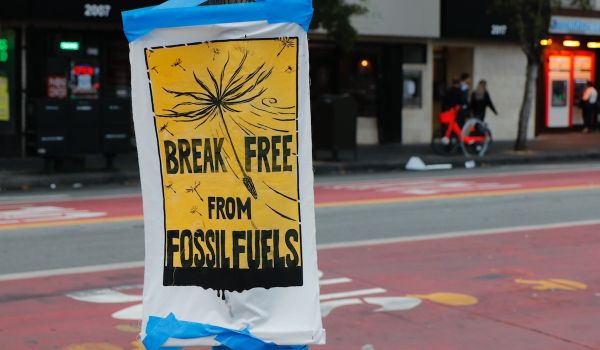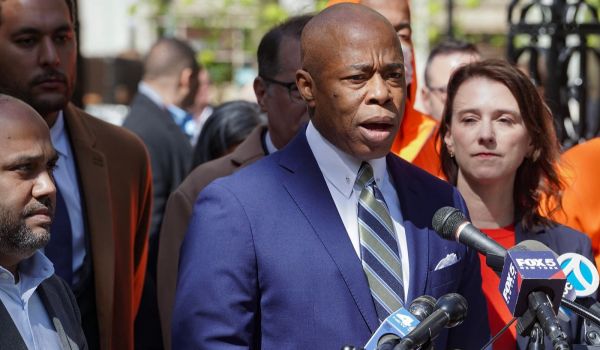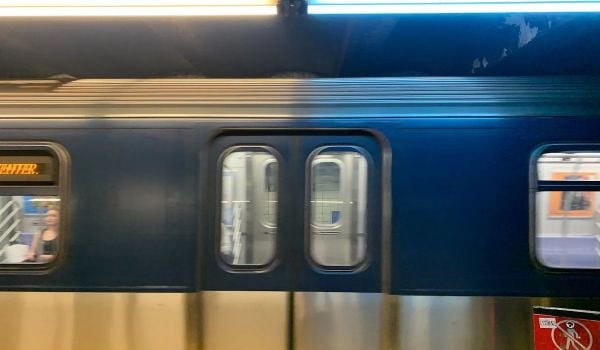Our weekly “New Starts” roundup of new and newsworthy transportation projects worldwide.
Rio Gets Its First Wireless Tram
Railway Gazette International reports that the first of 32 Alstom Citadis wireless streetcars arrived in Rio de Janeiro last week to test the power supply system on a new catenary-free tram line that is set to begin service in time for the 2016 Olympic Games.
The 28-km, 37-stop line is being built by VLT Carioca, a consortium of Brazilian and French rail transport and technology firms. VLT Carioca in turn awarded Alstom a €230 million ($254.5 million U.S.) turnkey contract to construct the line using its APS wire-free power supply system. The system transmits electricity to the trams by energizing a third rail embedded in the pavement when cars pass over it; the rail is de-energized at other times. The trams also have supercapacitors to store energy generated during braking.
The test tram took 20 days to get to Rio from Alstom’s plant in La Rochelle, France. Four more trams will be built in La Rochelle, and the other 27 trams that will provide service on the line are being built in a new factory Alstom built in Taubaté in São Paulo state.
The line’s 14-km-long initial section will open in mid-2016, in time for the Olympics.
Activists Ask Hogan, “What Were You Thinking?”
Supporters of the canceled Baltimore Red Line light-rail project are trying to figure out what, if anything, can be done to improve transit service in the corridor it would have served. As part of that effort, two Maryland land-use activist groups have asked the Maryland Department of Transportation to furnish evidence that Gov. Larry Hogan gave the Red Line the same sort of review the Washington-area Purple Line project got before deciding to pull the plug on the east-west route from West Baltimore to Bayview.
A post on the Baltimore Business Journal quotes Dru Schmidt-Perkins, CEO of 1,000 Friends of Maryland, as expressing doubt such a review was conducted. Where there have been reports of the lengthy review Hogan and his transportation secretary, Pete Rahn, gave the Purple Line, Schmidt-Perkins said, “We are fairly confident none of that happened with the Red Line. If any review was done, it could only have been the most simplistic approach.”
Schmidt’s group and the Citizens Planning and Housing Association filed the request for MDOT records pertaining to the Red Line under the state’s public information act.
In explaining the decision to kill the Red Line, Hogan cited its $2.9 billion price tag as wasteful, and other administration officials pointed to its lack of direct connections with other Baltimore transit lines, an expensive subway tunnel through downtown and its impact on Maryland’s state budget.
Citizens Planning and Housing Association Executive Director Richard Hall, who was Maryland’s secretary of planning under Hogan’s predecessor, Martin O’Malley, said that transit advocates and planners cannot determine a way forward for improving Baltimore transit without knowing how Hogan arrived at his decision. “We don’t want to necessarily cry over spilled milk,” Hall said. “What do we do next? Is there absolutely zero chance that the Red Line can live? And it will inform us what a ‘Plan B’ could be.”
Maryland state agencies usually respond to public information requests within 30 days.
Tokyo Adds Two More Subway Lines to Its Expansion Plans
On top of 17 new subway lines and extensions it had previously submitted for consideration to the Japanese government, the Tokyo Metropolitan Government is adding two more lines intended to serve rapidly developing parts of central Tokyo.
Japan’s Yomiuri Shimbun reports (in English on Japan News) that one of the lines would serve the Rinkai waterfront area, where new housing and other facilities are being built in advance of the 2020 Tokyo Olympics, and the other would connect the city center with Shinagawa Station, which is experiencing redevelopment in anticipation of the opening of a new maglev bullet train line in 2027.
The Rinkai line would run from the Ginza area in Chuo Ward to the Ariake district in Koto Ward, while the Shinagawa line would originate at or near Shirokane-Takanawa station in Minato Ward, which is served by several Tokyo subway lines.
A list of all 19 routes is divided into five “lines for priority consideration” and 14 “lines for consideration.” Among the priority lines are a new access line connecting Rinkai and two other central Tokyo districts with Haneda Airport and an extension of the Yurakucho subway line. The two new requests are being submitted as “lines for consideration.” If the ministry’s Transportation Policy Council agrees the lines should be built, they will be added to the national policy on railway construction, which will be finalized by the end of the fiscal year.
Know of a project that should be featured in this column? Tweet links to @MarketStEl using the hashtag #newstarts.
The Works is made possible with the support of the Surdna Foundation.

Next City contributor Sandy Smith is the home and real estate editor at Philadelphia magazine. Over the years, his work has appeared in Hidden City Philadelphia, the Philadelphia Inquirer and other local and regional publications. His interest in cities stretches back to his youth in Kansas City, and his career in journalism and media relations extends back that far as well.
Follow Sandy .(JavaScript must be enabled to view this email address)


